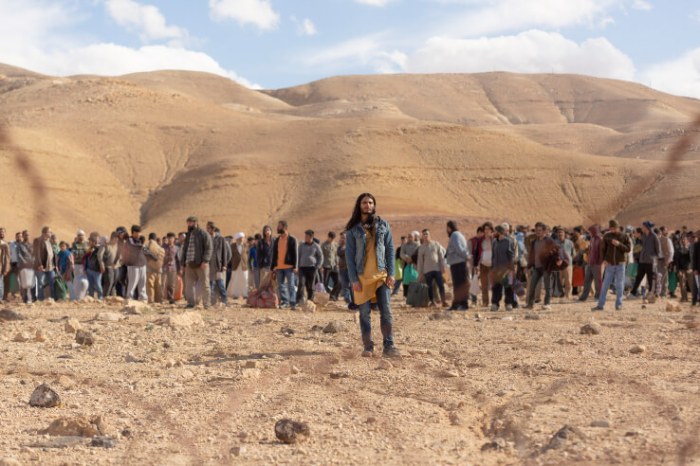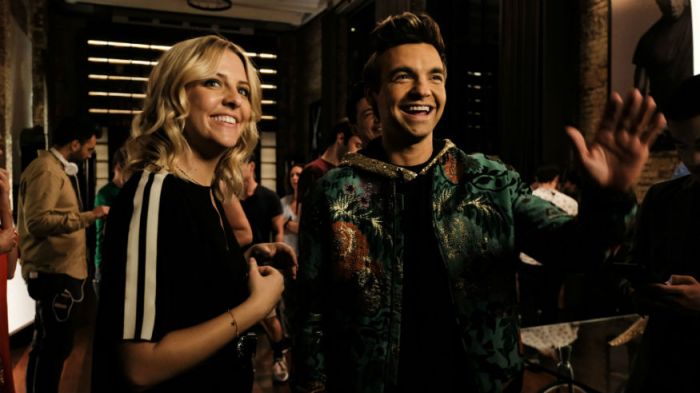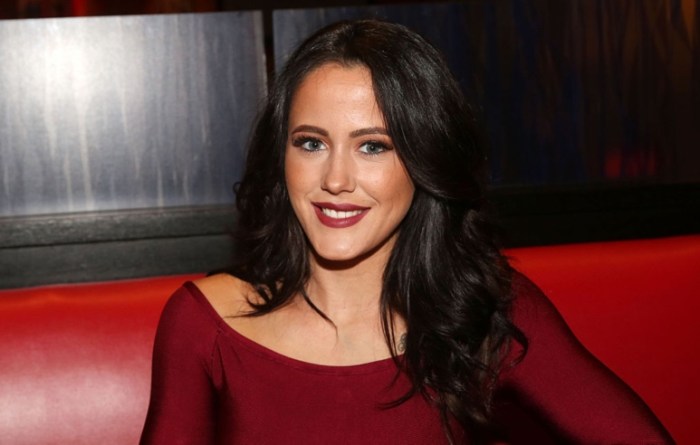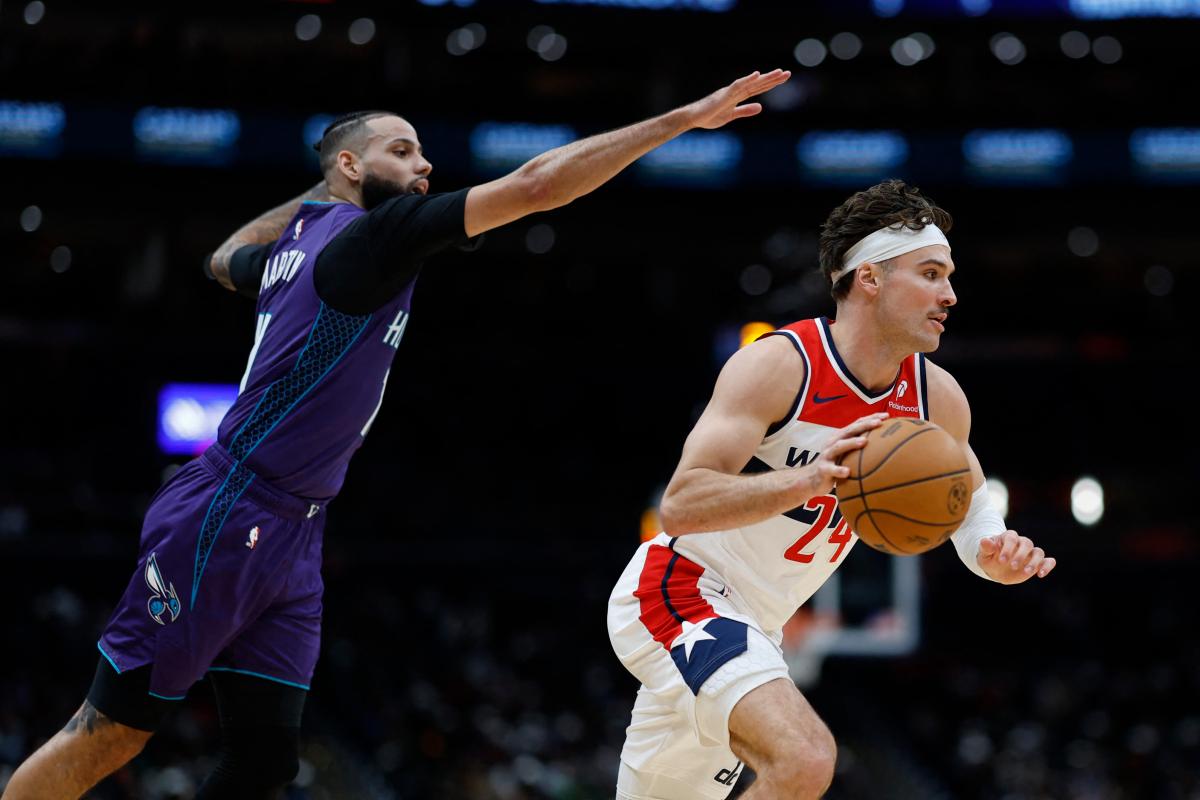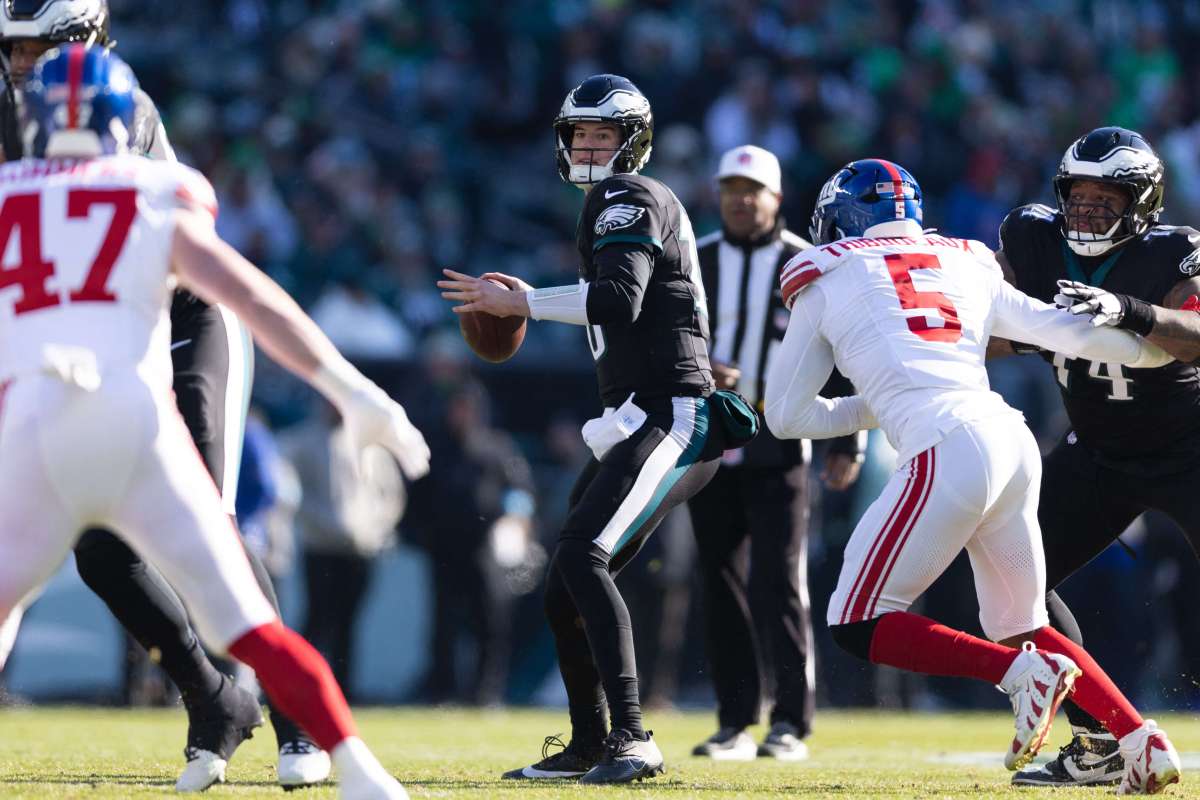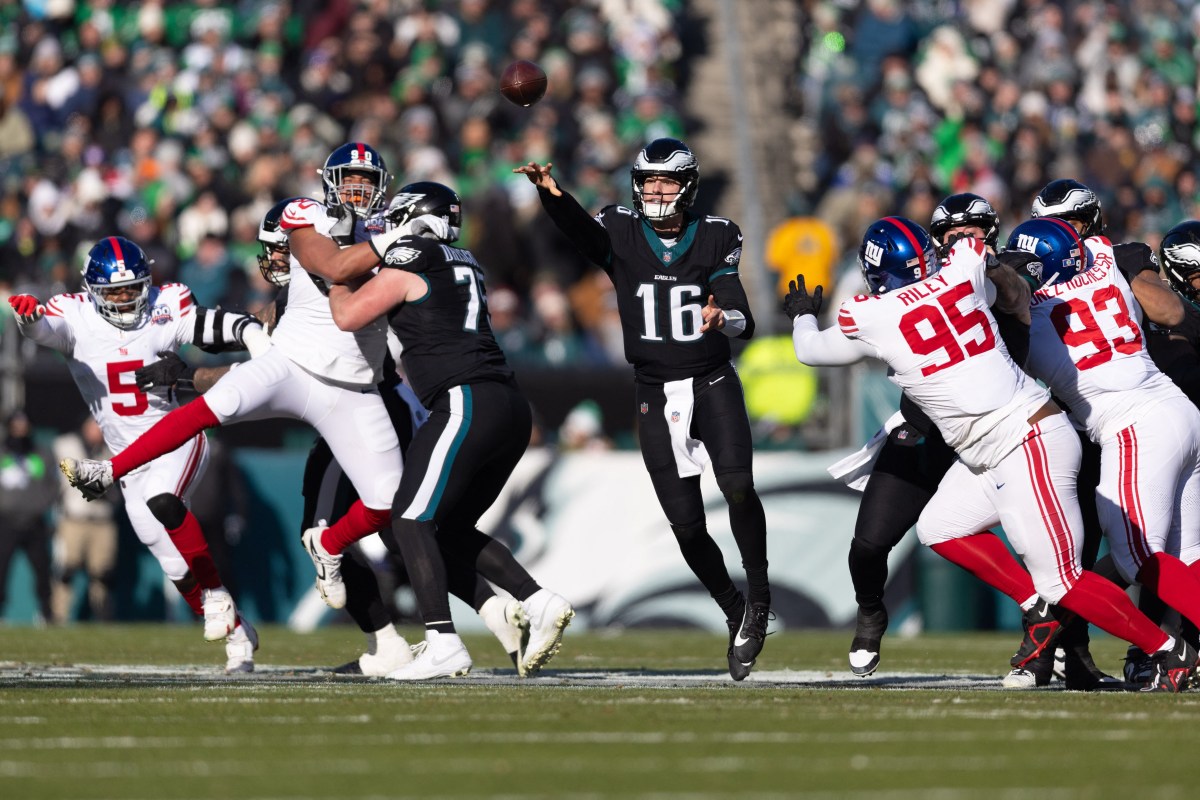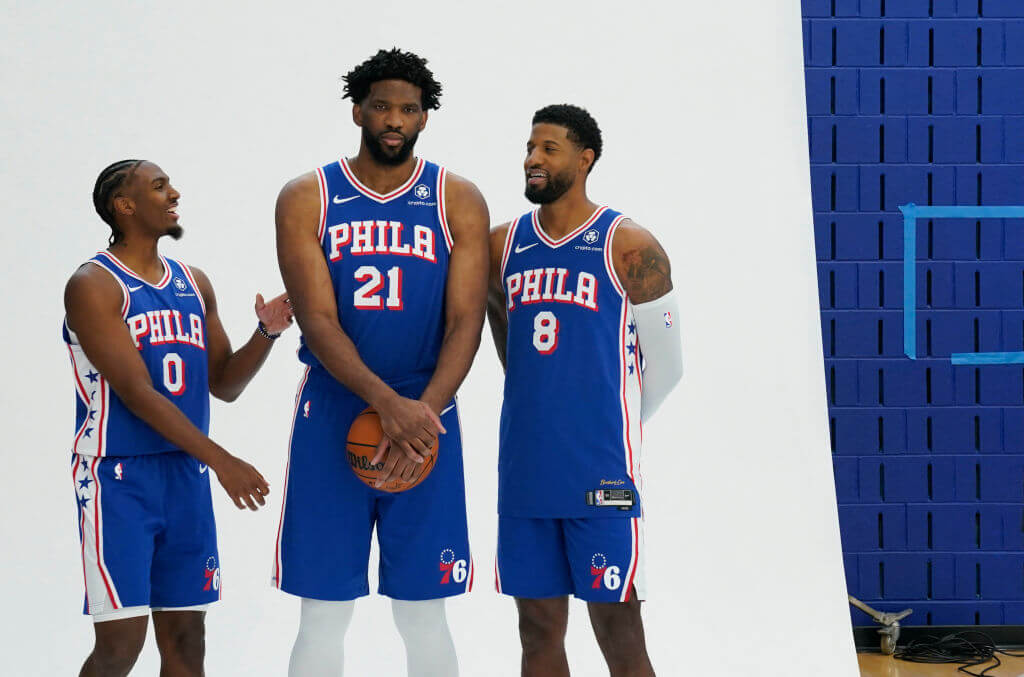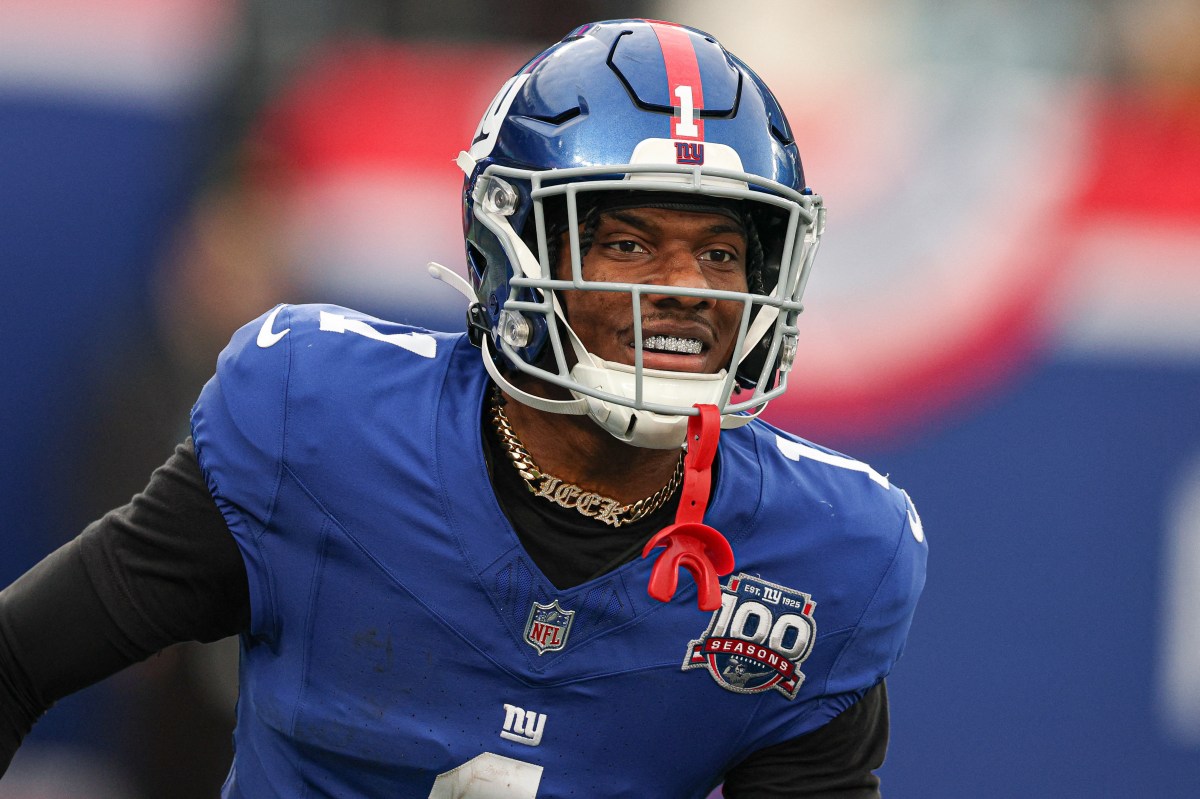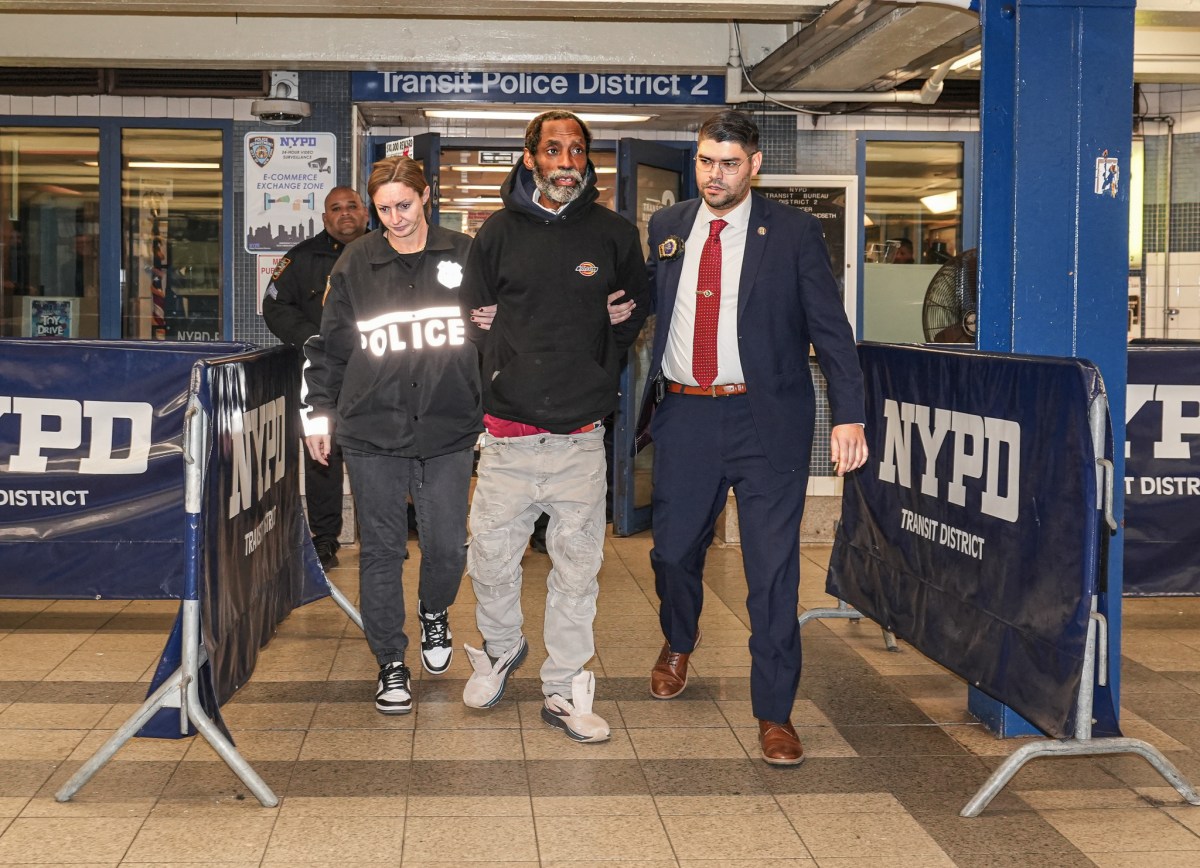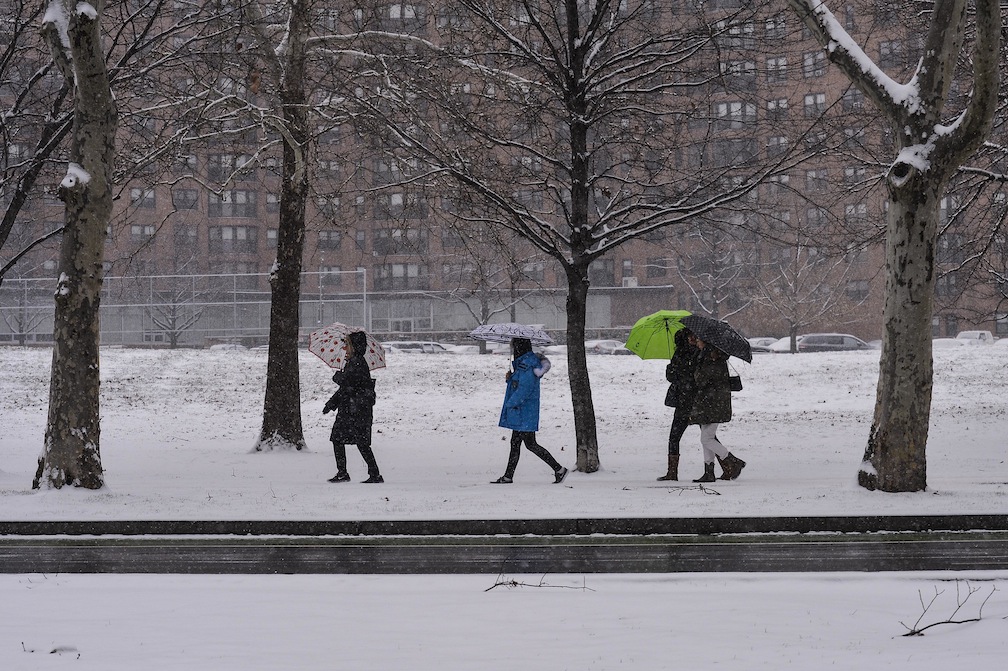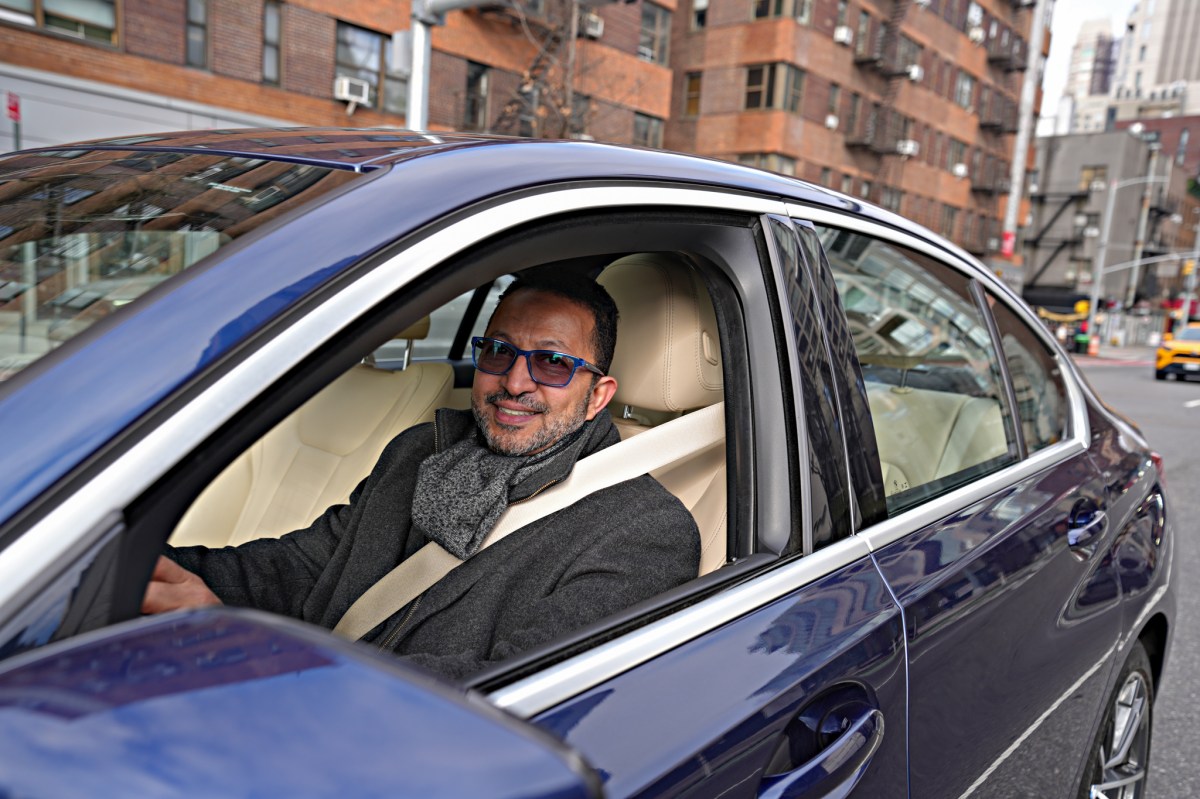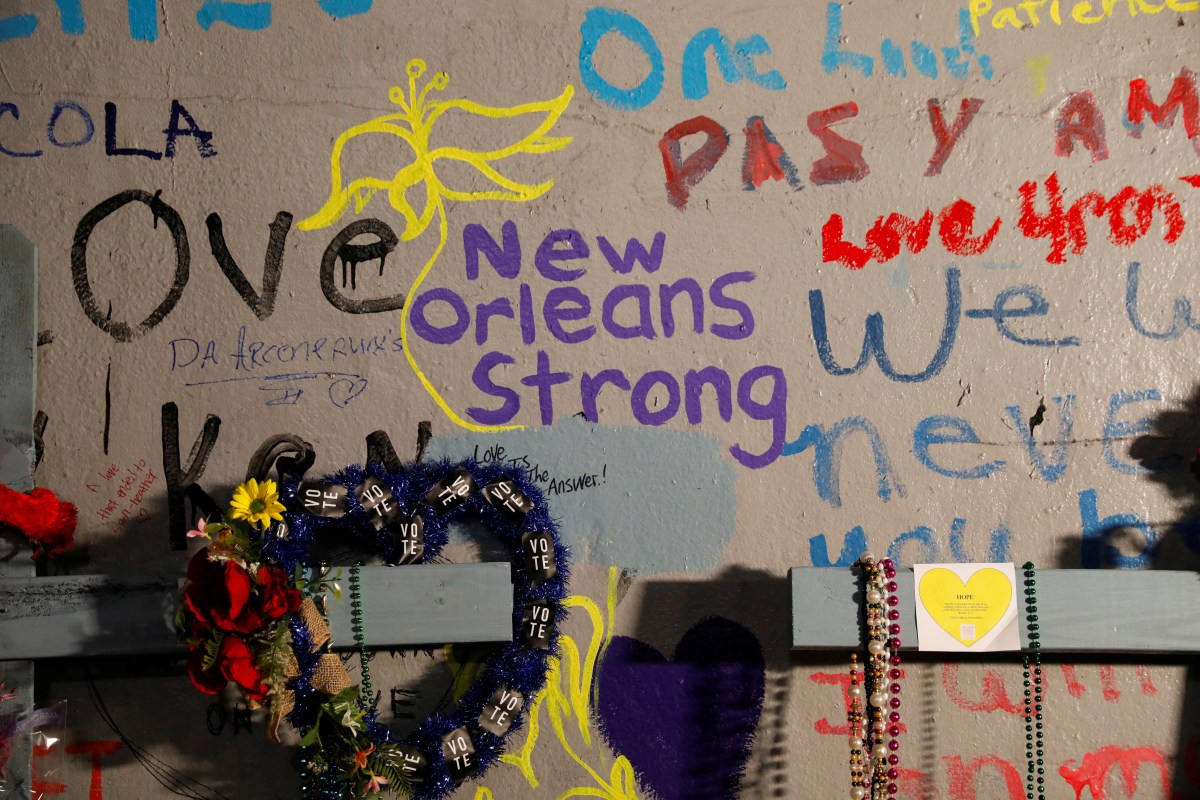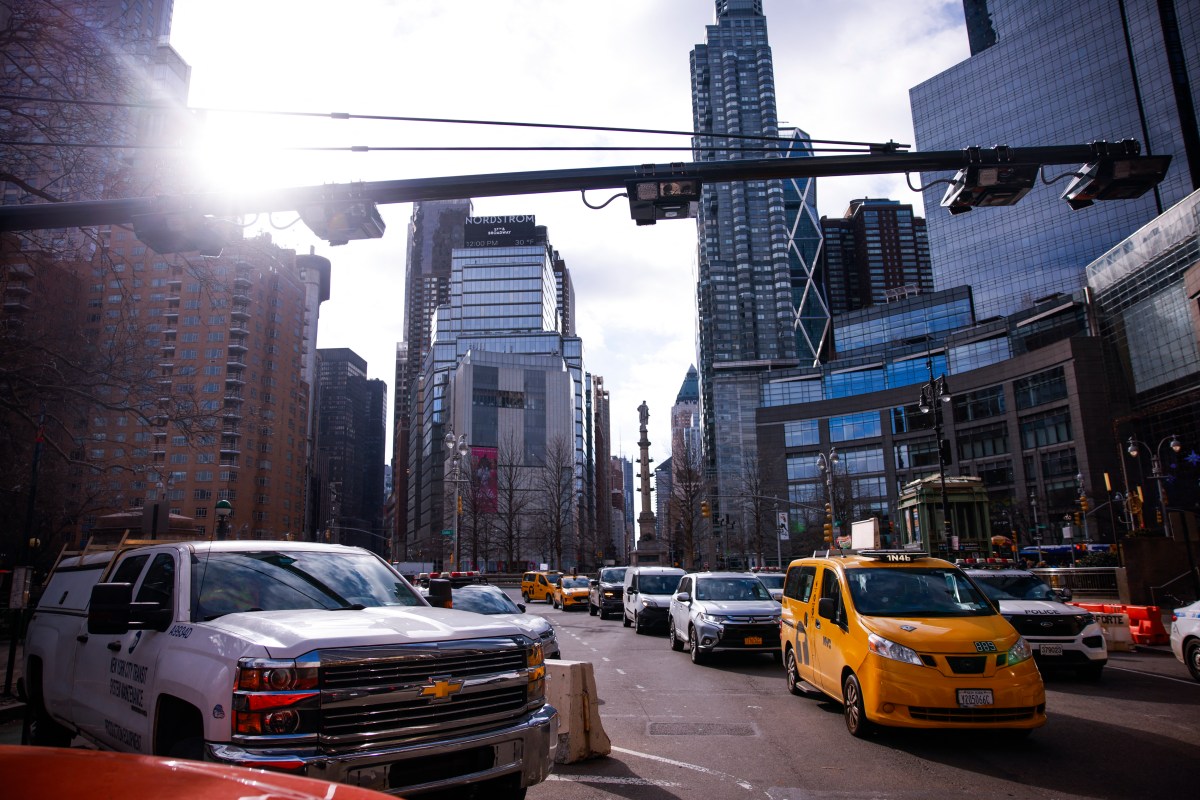The polite name for Prohibition is the Noble Experiment, and we can pretty much agree that beyond giving us the still-trendy speakeasy, it was a failure.
Nevertheless, the full story of the period from 1920 to 1933 is one of the wildest in American history, and the Smithsonian Channel is exploring it in a new documentary series Drinks, Crime and Prohibition. Premiering June 11 at 8 p.m., the series traces how the Temperance Movement led to anything but improving America’s moral character, with expert voices ranging from academics to mixologists and weapons experts.
Although it ended almost a century ago, the effects of Prohibition continue to linger. So what do you really know about this scandalous period of U.S. history? We asked the Smithsonian’s National Museum of American History curator Peter Liebhold to share some surprising facts about the Prohibition era.
Beer helped enact Prohibition
It was a “strange alignment of different bedfellows” that contributed to the passage of Prohibition, but “the coup de grace” was World War I. “There was a very strong anti-German feeling, and beer was closely associated with Germany,” explains Liebhold. “The anti-German movement really put the Temperance movement over the top.”
Not all alcohol was illegal
There were many different ways Americans could keep drinking during Prohibition. Home production of wine was legal — male heads of household could produce up to 200 gallons a year. Sacramental wine remained legal for church rituals, but consumption for other reasons also increased dramatically. And best of all, “Doctors would prescribe a pint of whiskey as medicine,” he says. Sounds legit!
It was partly an anti-immigrant move
“Prohibition was very much of an anti-immigrant movement,” he says. For those with money, getting alcohol during Prohibition was a “pretty straightforward” process. But just before Prohibition the number of saloons had swelled to 300,000, which is where working-class immigrant men went to drink. Shutting them down was an effort to “regulate the life of immigrants, to Americanize them.”
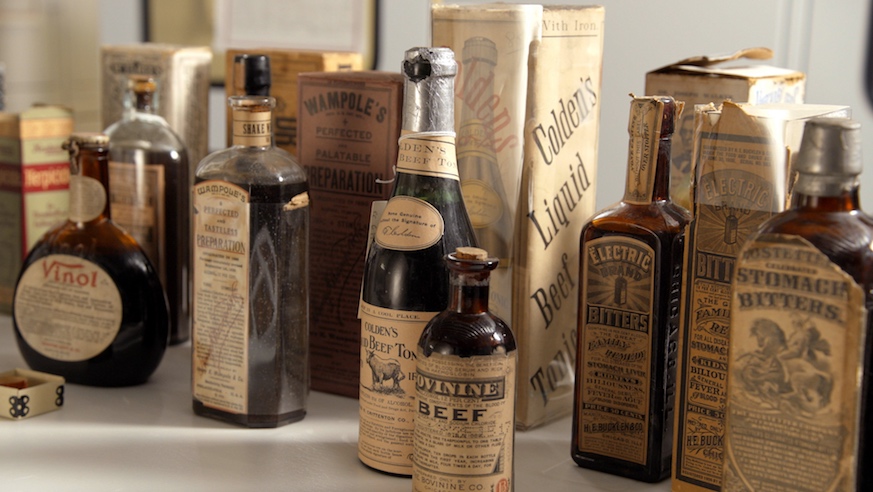
The real danger of speakeasies
It was only illegal to manufacture, transport and sell alcohol during Prohibition. It wasn’t arrest that patrons at one of the hundreds of thousands of speakeasies that sprang up around the country had to worry about. It was whether the alcohol they were drinking was safe. “What happened during Prohibition is the bootleggers hired chemists to re-nature industrial alcohol,” he says, a process that got increasingly risky as the government used stronger and stronger chemicals. People really did go blind and even die from bathtub gin.
Cocktail culture flourished
While cocktails were invented in the late 1800s, they really took off once Prohibition began. “As soon as you have unregulated alcohol production, you lose a lot of quality,” Liebhold says. To cover up the taste of poorly refined alcohol, bartenders had to get creative with mixing drinks and using stronger flavors, resulting in very sweet and juice-heavy cocktails. They even invented a cocktail called the Scofflaw to brag about flouting Prohibition.
The bar scene moved offshore
Partying on a boat wasn’t a seasonal affair during Prohibition. The laws only applied up to 3 miles offshore, where boats that were essentially just giant floating bars and liquor stores lined up. There was even a cocktail named the Three Mile Limit! And when the boundary was later extended to 12 miles, the drink’s name changed to the Twelve Mile Limit and the party continued.
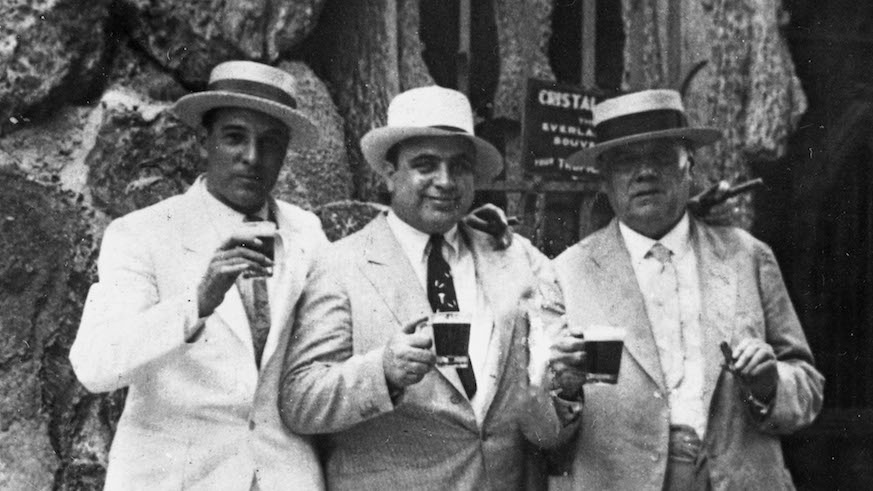
Gangsters were heroes
Originally enacted to improve America’s moral character, Prohibition ended up fueling the rise of organized crime. Some Americans, angry at their individual freedoms being infringed on, revered violent gangsters like Al Capone for defying the laws. Meanwhile, Capone stayed out of trouble by flying politicians down for booze-filled weekends in Havana.
A Constitutional record
“It’s the only Constitutional amendment in the history of the United States to be repealed,” he says, helped along by the loss of faith in the government in the wake of the 1929 stock market crash. “It happened incredibly quickly; there wasn’t much debate about it.”
Prohibition hurt liquor brands abroad
Domestic distillers had it rough, but that’s not where the effects of Prohibition ended. On a recent trip to Ireland, Liebhold stopped at the Jameson distillery — where they still hold a grudge. “They were bitterly complaining about Prohibition’s effect on their brand,” he recalls. While plenty of Jameson was smuggled into the U.S., it was adulterated and bootleggers would counterfeit their bottles and labels. “So they really lost a lot of brand power because people associated their product with poor whiskey, so it took them many years to recover.”

